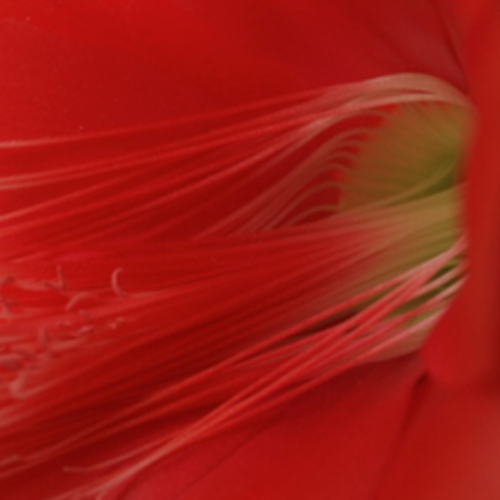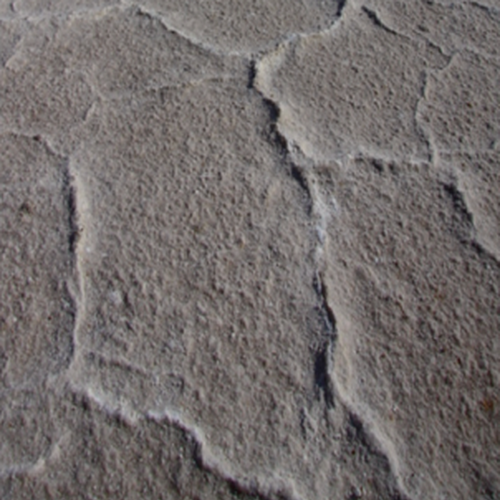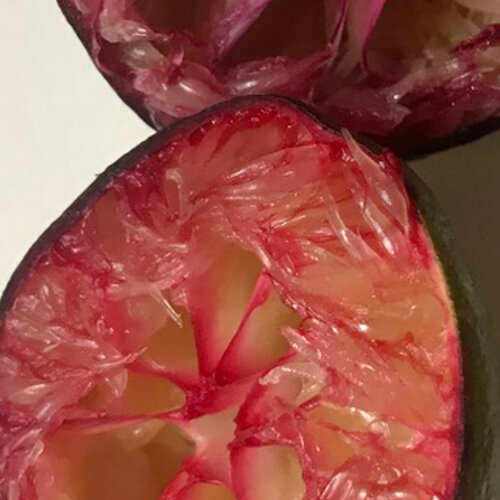CIRCULAR ECONOMY FUTURE



Circular economy can mean different things to different people. We tend to take a purest perspective in that we regard nature’s regenerative processes as the model on which to base circular economies. In nature nothing is wasted. Energy comes from the sun, one species’ waste is another’s food, when something dies its nutrients return to the soil. A fallen, decomposing tree is an entire ecosystem providing a wealth of resources and fuel. Essentially, anything that gets discarded or dies is consumed as nutrients or fuel for yet another organism.
At a more practical level, where the ‘economies’ of humans are concerned, circular economies ask that the end-of-life cycle of any product be taken into consideration during initial design phases. The goal being that products are designed from the beginning to be fully and efficiently recyclable downstream. Products should be 100% biodegradable ideally. So while this is not yet the standard, if a product is not at present completely compostable, the preference is to be able to disassemble and transform it into a recyclable component.
There’s a wealth of mind-bending ideas and thrilling examples of work already underway with a range of approaches towards creating circular economies. If interested you can start with the Ellen MacArthur Foundation.